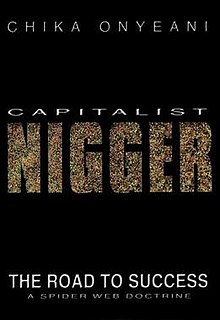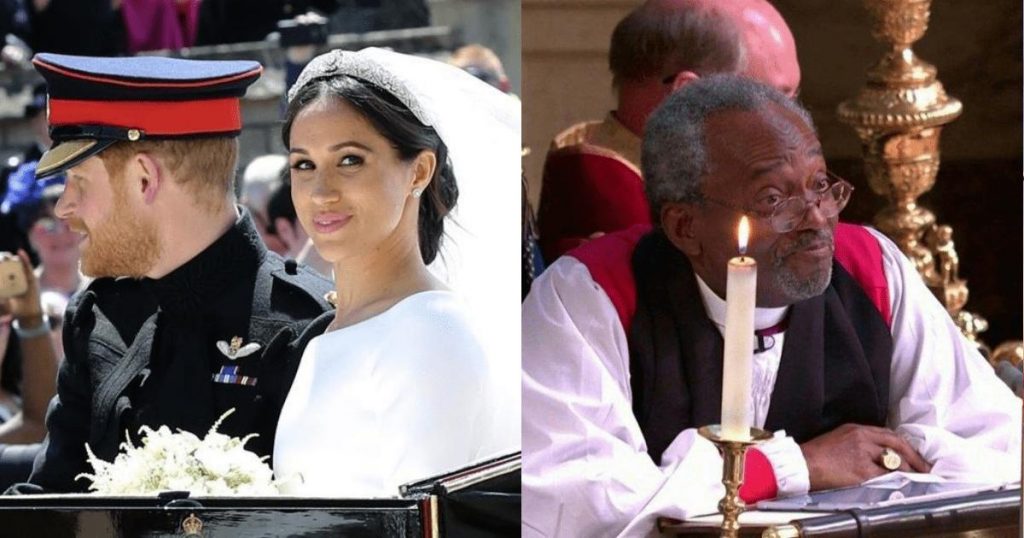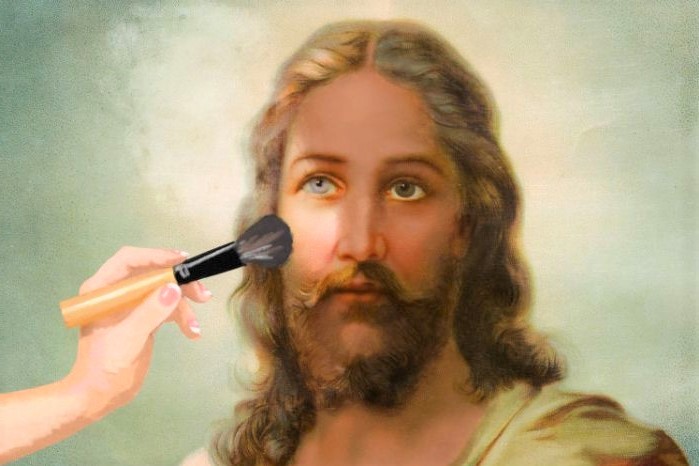I grew up in a Christian home, where a photo of Jesus hung on my bedroom wall. I still have it. It is schmaltzy and rather tacky in that 1970s kind of way, but as a little girl I loved it. In this picture, Jesus looks kind and gentle, he gazes down at me lovingly. He is also light-haired, blue-eyed, and very white. The problem is, Jesus was not white. You’d be forgiven for thinking otherwise if you’ve ever entered a Western church or visited an art gallery. But while there is no physical description of him in the Bible, there is also no doubt that the historical Jesus, the man who was executed by the Roman State in the first century CE, was a brown-skinned, Middle Eastern Jew. This is not controversial from a scholarly point of view, but somehow it is a forgotten detail for many of the millions of Christians who will gather to celebrate Easter this week. On Good Friday, Christians attend churches to worship Jesus and, in particular, remember his death on a cross. In most of these churches, Jesus will be depicted as a white man, a guy that looks like Anglo-Australians, a guy easy for other Anglo-Australians to identify with. Think for a moment of the rather dashing Jim Caviezel, who played Jesus in Mel Gibson’s Passion of the Christ. He is an Irish-American actor. Or call to mind some of the most famous artworks of Jesus’ crucifixion – Ruben, Grunewald, Giotto – and again we see the European bias in depicting a white-skinned Jesus. Does any of this matter? Yes, it really does. As a society, we are well aware of the power of representation and the importance of diverse role models. After winning the 2013 Oscar for Best Supporting Actress for her role in 12 Years a Slave, Kenyan actress Lupita Nyong’o shot to fame. In interviews since then, Nyong’o has repeatedly articulated her feelings of inferiority as a young woman because all the images of beauty she saw around her were of lighter-skinned women. It was only when she saw the fashion world embracing Sudanese model Alek Wek that she realised black could be beautiful too. If we can recognise the importance of ethnically and physically diverse role models in our media, why can’t we do the same for faith? Why do we continue to allow images of a whitened Jesus to dominate? Jim Caviezel in Mel Gibson’s 2004 film The Passion of the Christ. IMDB Many churches and cultures do depict Jesus as a brown or black man. Orthodox Christians usually have a very different iconography to that of European art – if you enter a church in Africa, you’ll likely see an African Jesus on display. But these are rarely the images we see in Australian Protestant and Catholic churches, and it is our loss. It allows the mainstream Christian community to separate their devotion to Jesus from compassionate regard for those who look different. I would even go so far as to say it creates a cognitive disconnect, where one can feel deep affection for Jesus but little empathy for a Middle Eastern person. It likewise has implications for the theological claim that humans are made in God’s image. If God is always imaged as white, then the default human becomes white and such thinking undergirds racism. Historically, the whitewashing of Jesus contributed to Christians being some of the worst perpetrators of anti-Semitism and it continues to manifest in the “othering” of non-Anglo Saxon Australians. This Easter, I can’t help but wonder, what would our church and society look like if we just remembered that Jesus was brown? If we were confronted with the reality that the body hung on the cross was a brown body: one broken, tortured, and publicly executed by an oppressive regime. How might it change our attitudes if we could see that the unjust imprisonment, abuse, and execution of the historical Jesus has more in common with the experience of Indigenous Australians or asylum seekers than it does with those who hold power in the church and usually represent Christ? Perhaps most radical of all, I can’t help but wonder what might change if we were more mindful that the person Christians celebrate as God in the flesh and saviour of the entire world was not a white man, but a Middle Eastern Jew. This article was written by Robyn J. Whitaker, Bromby Senior Lecturer in Biblical Studies, Trinity College, University of Divinity and was originally published on The Conversation.





